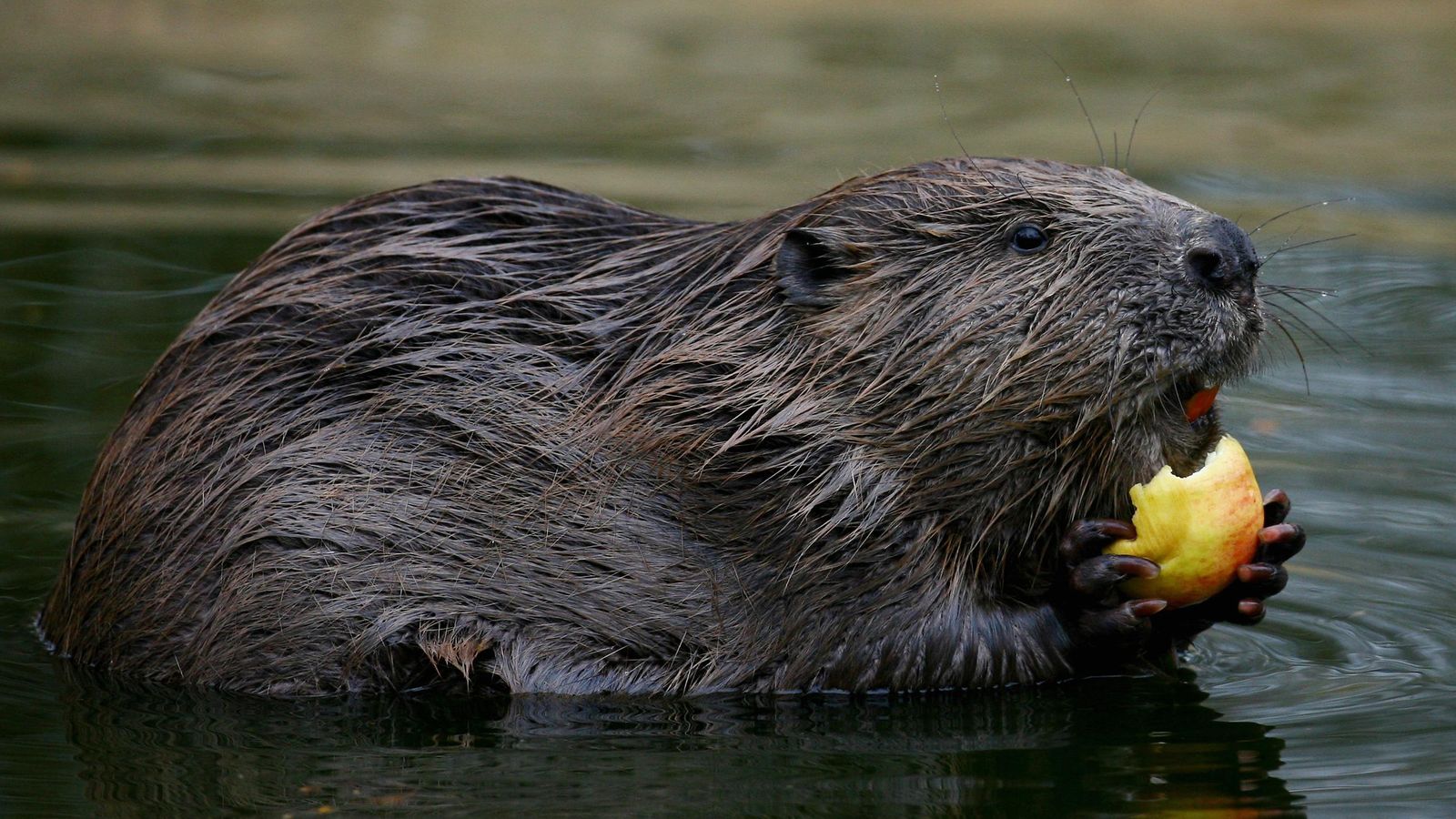Beavers are to return to the UK’s biggest national park for the first time in 400 years after a licence was granted for their release.
Up to six beaver families will live in the Cairngorms in the first year of the initiative after Scotland’s nature agency, NatureScot, approved an application from the park authority.
The animals will be released at agreed sites in the upper River Spey catchment.
Other sites in the park may also take the animals over the course of the five-year licence, meaning a total of up to 15 families could be allowed.
NatureScot said establishing a beaver population on the River Spey will boost biodiversity and enhance ecosystems.
The approval marks the fifth catchment in which beavers have either been officially granted permission to remain or have been released.
It comes after the Scottish government announced its backing in 2021 for translocation, which involves safely trapping and moving the animals to a more suitable area, rather than culling them when they cause problems.
East Kilbride: Police hunt dog walker who tried to steal canine and attacked owner
Families in Scotland buying puppies online warned cash could be funding organised crime
UK’s only giant pandas take off for China after 12 years at Edinburgh Zoo
Donald Fraser, from NatureScot, said the agency’s decision “marks a significant milestone for beaver restoration in Scotland”.
He said there was “huge potential for beavers to contribute to habitat restoration and biodiversity enhancement” in the park.
Mr Fraser added he understood the “legitimate concerns” of farmers and crofters but was “satisfied” the park authority’s monitoring plans, as well as NatureScot’s beaver mitigation scheme, “will sufficiently address any potential conflicts”.
Read more:
Urban beavers reintroduced to London after 400 years
Some 400 years ago, the species was driven to extinction in the Cairngorms, which covers parts of Aberdeenshire, Moray, Highland, Angus and Perth and Kinross.
An initial reintroduction trial of beavers at Knapdale in Argyll began in 2009 and populations are now established there and in Tayside, on the Forth, and at Loch Lomond.
The beavers will be humanely trapped and taken under licence from areas where they are having a negative impact on prime agricultural land and where mitigation measures have not been successful or are not possible.
The first three release sites in the national park are on land owned by the Rothiemurchus Estate, Wildland Scotland and RSPB Scotland.
They will receive beavers in the coming weeks and months.
Sandy Bremner, from the Cairngorms National Park Authority, said: “This is a significant moment in the history of the national park, with the licence allowing us to return beavers to the area after an absence of 400 years.”
Be the first to get Breaking News
Install the Sky News app for free
NatureScot believes the catchment is highly favourable for beavers, with a low risk of beaver/human conflict.
Alan McDonnell, Trees for Life’s head of nature restoration, said: “Allowing these habitat-creating, flood-preventing animals to be relocated across Scotland – to where they are needed, and with the right support in place for farmers – offers hope for tackling the nature and climate emergencies.
“By moving rather than shooting beavers, we can help this keystone species get to work boosting biodiversity, tackling climate breakdown, and creating wildlife tourism opportunities.”





